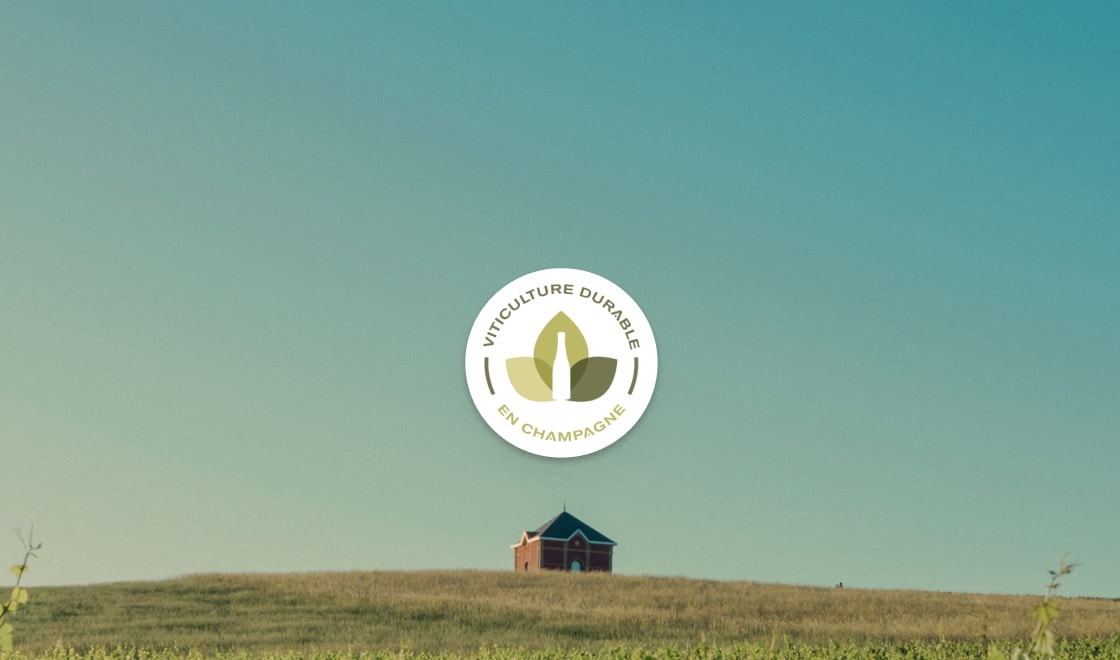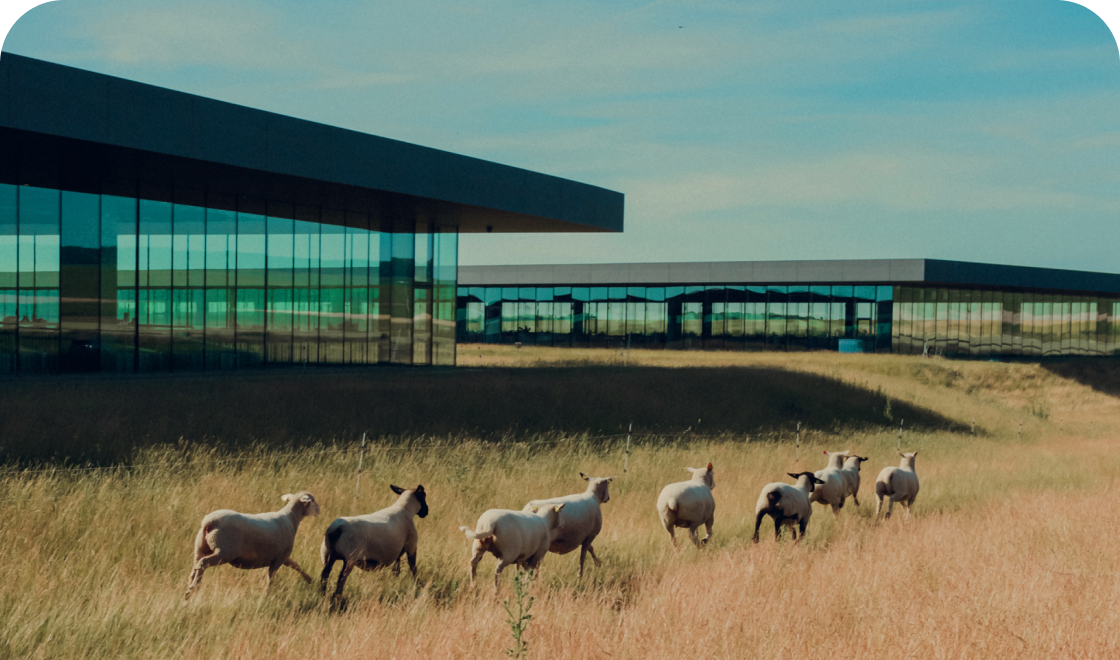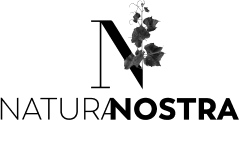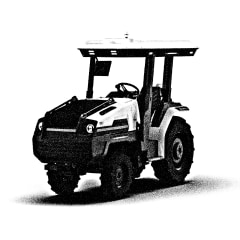
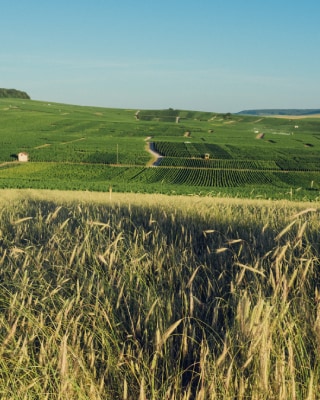
Moët & Chandon obtained ISO-14001 certification
for all its sites and activities.
Act together
Key actions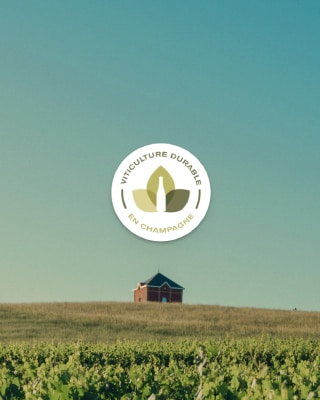
Moët & Chandon obtained a certification in sustainable viticulture
including no less than 99 criteria stipulating a reduction in greenhouse gas emissions and specific actions to preserve water quality, landscape, and biodiversity.
Act together
Key actions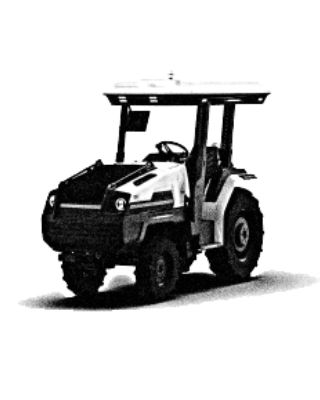
Champagne's first company
to invest in electric straddle tractors to use in viticulture.
Preserve our heritage
House commitments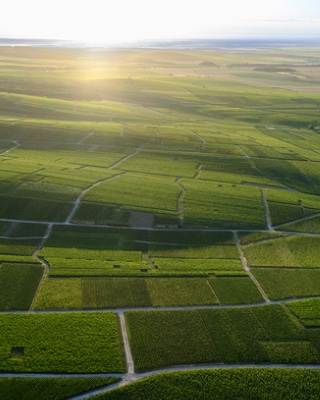
Moët & Chandon has dedicated 380 hectares to biodiversity preservation
including 300 hectares of woodland and almost 80 hectares of natural grassland. The Maison has already planted 15 kilometers of hedges on part of its sites.
Protect our soil
Key actions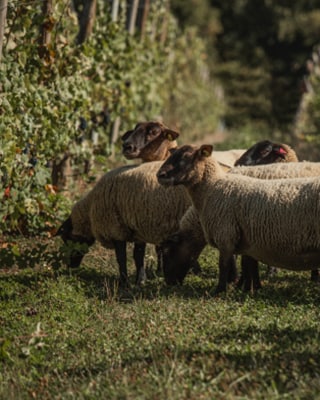
5 breed of French sheep introduced
to help maintain green spaces.
Protect our soil
Key actions
3 plant cover test plots
Protect our soil
Key actions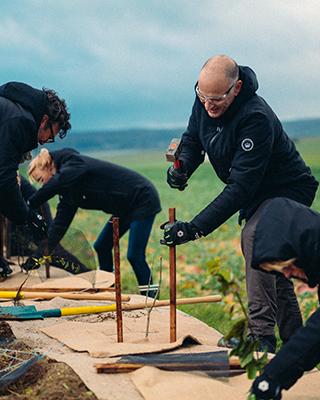
1743 trees planted at Fort Chabrol
Employees volunteered to plant trees to make a lasting contribution to Champagne’s natural environment for the launch of Natura Nostra.
Act together
Key actions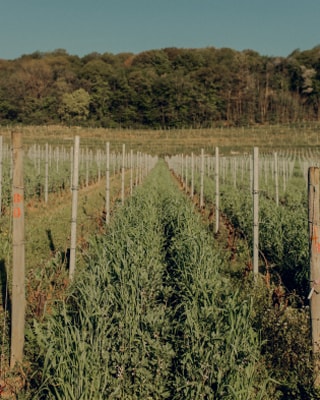
6 plant cover plots
monitored (18 hectares).
Protect our soil
Key actions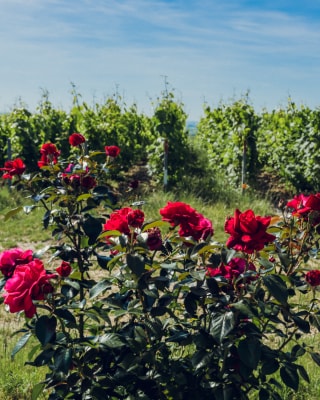
Regenerate our soils thanks to other initiatives such as:
Soil rest with melliferous fallow land: 30 hectares
Differentiated mowing on the embankments
Protect our soil
Key actions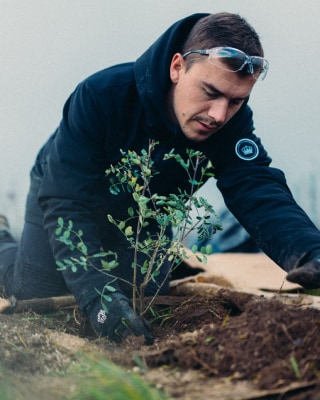
A new day of mobilization for Moët & Chandon employees
100 employees of the company were mobilized for one day to plant 1.2km of hedge in Romont, one of our vineyards at the heart of an ecological corridor, for the benefit of the fauna and flora in Champagne.
Act together
Key actions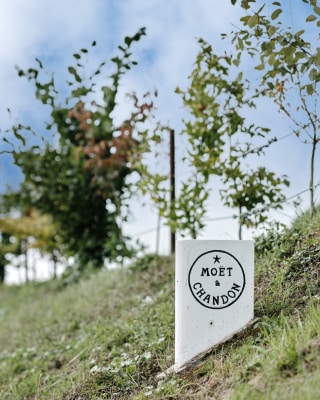
20 kilometers
of ecological corridors have already been planted on our estates.
Protect our soil
Key actions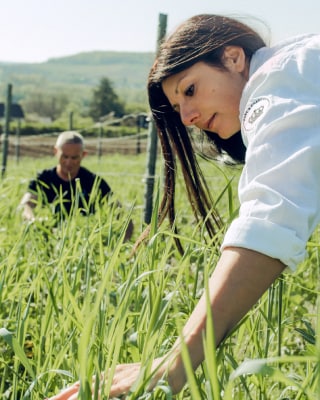
27 plots
monitored (55 hectares).
Protect our soil
Key actions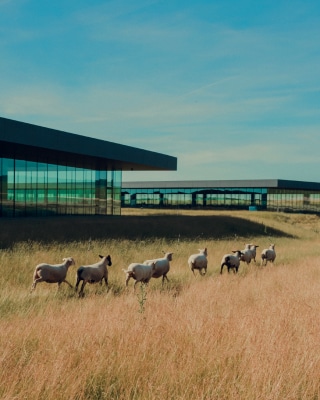
Using sheep to maintain green spaces
+220 sheep breeds involved on 100 hectares.
Protect our soil
Key actions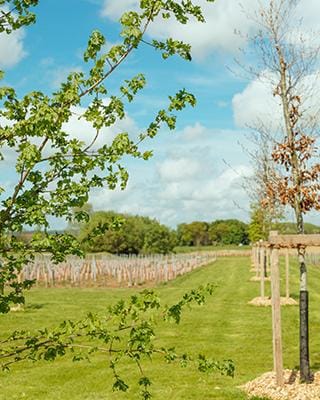
Moët & Chandon has inaugurated "Essentia", a conservatory of grape varieties
This conservatory of 4 hectares includes 16000 vines coming from 2000 different varieties. Some have disease resistance or late ripening characteristics that could be relevant to face climate change and will be preserved for scientific study to provide technical solutions for adapting our viticultural practices so that tomorrow we may pass on the very best to future generations.
Preserve our heritage
House commitments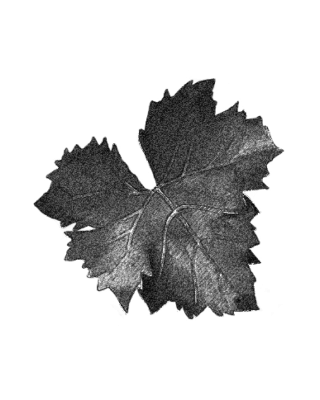
4 additional biodiversity inventories
will be carried out to encourage new initiatives and planting sessions.
Act together
Key actions
The 3rd edition of The Biodiverse Days
On January 25, 2024, Moët & Chandon organized the 3rd edition of The Biodiverse Days, a moment dedicated to the diversification of natural ecosystems in Champagne. 100 employees mobilized in Montaigu to plant 6 300m2 of trees, inspired by the Savart, an historic landscape that has disappeared from the chalky Champagne region.
Act together
Key actions
Initiatives to preserve biodiversity
Additional initiatives to preserve biodiversity have already been implemented in Mont Aigu:
• The installation of green roofs, providing additional habitats for various plant and animal species.
• The implementation of differentiated management of green spaces, with eco-grazing and the planting of a kilometer of hedge between the site and the research center, allowing species to move.
• Treatment of rainwater and wastewater to optimize the site’s water consumption.
Preserve our heritage
House commitments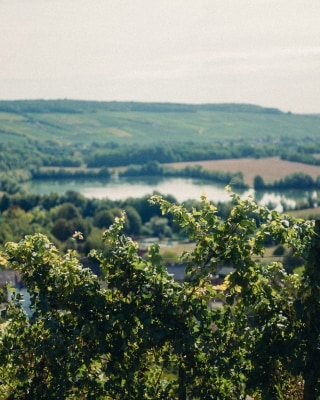
100 kilometers
The Maison will create another 80 kilometers of ecological corridors with the support of its winegrower, its winegrower cooperatives, local authorities and farmers
Protect our soil
Key actions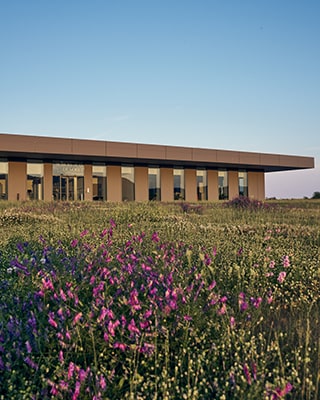
Carbon footprint reduced by 50%
Moët & Chandon is committed to a vast decarbonization plan aiming to reduce its footprint by 50% by 2030 versus 2018.
Preserve our heritage
House commitments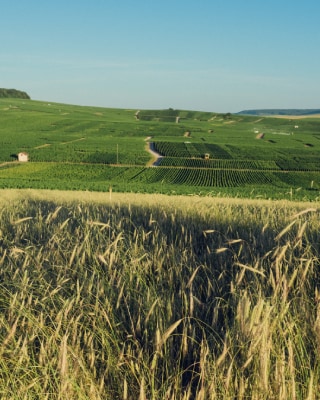
100%
of our supplies certified, sustainable viticulture, with our 2350 committed winegrower partners.




